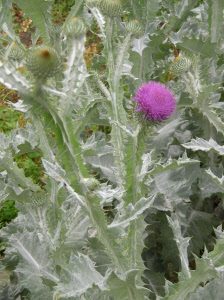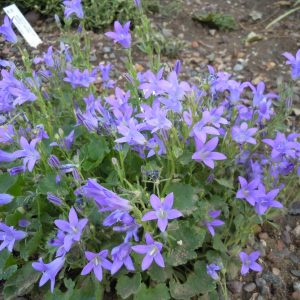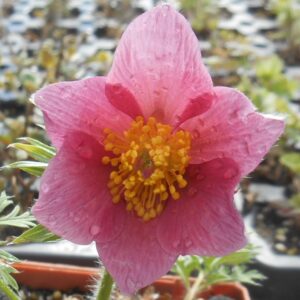Description
OUT OF STOCK
Available for purchase in Spring only
The classic poppy – papery tabasco petals with black blotch center in June. D.M. Ferry Catalog, 1876: ”great beauty and magnificent.” It dies back in summer then the leaves reappear in fall.





